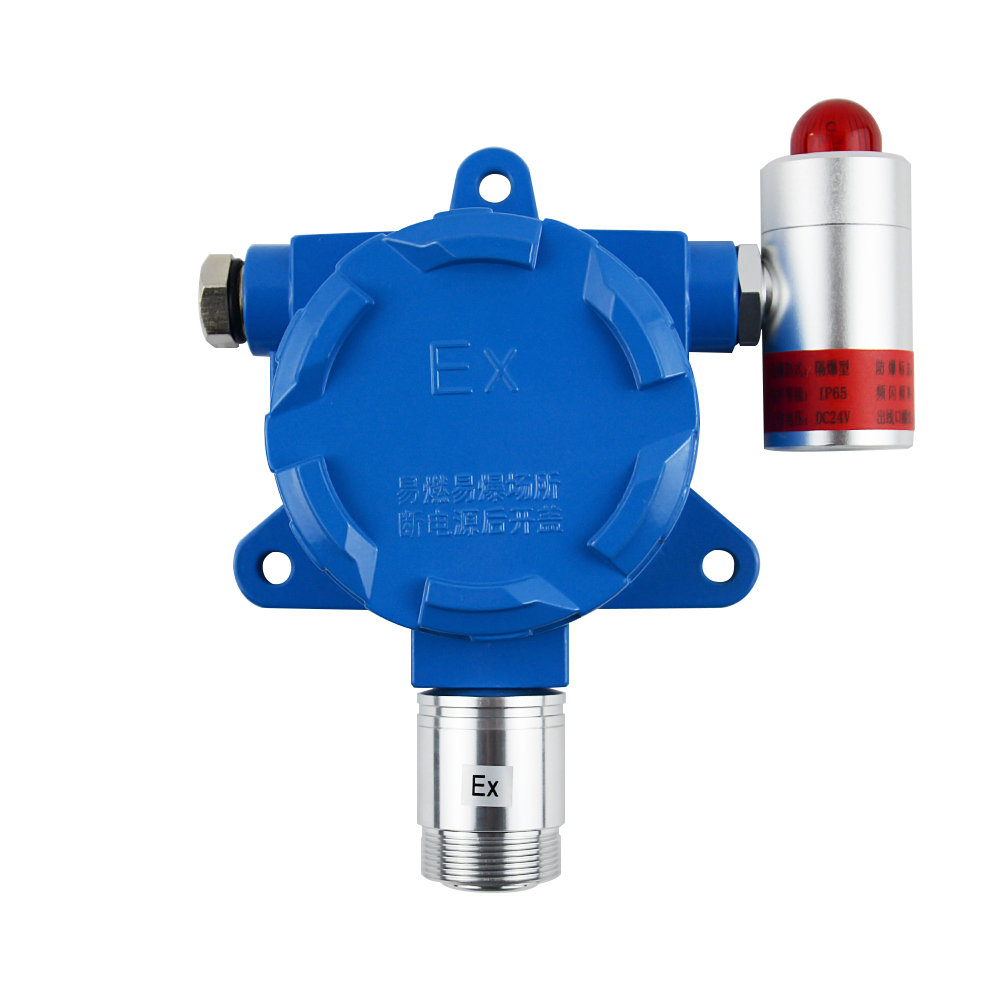Target gas and installation location
Whether explosion-proof or non-explosion-proof detectors, the installation position is different according to the detection gas and the installation position is different. That is, when the specific gravity of the detected gas is lighter than air, the detector should be installed near the roof, where the leaking gas can be easily trapped. On the contrary, when the specific gravity of the detected gas is heavier than air, the detector should be installed close to the ground, where the leaking gas can be easily trapped.
Detector alarm output or not depends on the gas concentration at the location of the detector, so the number of detectors varies depending on the size of the room and the ventilation.
According to the requirements of GB50028-2006 10.8.2, the setting of gas concentration detection alarm should meet the following requirements.
1, the detection of gas lighter than air, detection alarm and combustion appliances or valves shall not be greater than 8M horizontal distance, the installation height should be within 0.3M from the ceiling, and shall not be located above the stove.
2, when detecting heavier than air gas, detection alarms and detection alarms and combustion appliances or valves should not be greater than 4M horizontal distance, the installation height should be within 0.3M from the ground
Rainproof and waterproof
Outdoor use is generally explosion-proof places, the design of the explosion-proof housing can already be waterproof, but the gas sensor part can only detect leaking gas by using ventilated equipment, so the sensor part must be waterproof.
Explosion-proof detectors have been installed on the shield, generally splashing water droplets are not affected, but outdoor use, the landing of heavy rain or splashing back from the ground, or in professional kitchens, accidentally splashed by the faucet, may lead to the sensor into the water failure.
Lightning protection measures
In accordance with our standards, combustible gas alarm controllers generally pass the four electrical interference tests, voltage resistance tests, insulation resistance tests, but lightning strikes in the falling lightning area lightning volts up to 10,000 volts. To protect the alarm system from damage, users in the falling lightning area should take lightning protection measures.
Post time: Mar-03-2023






